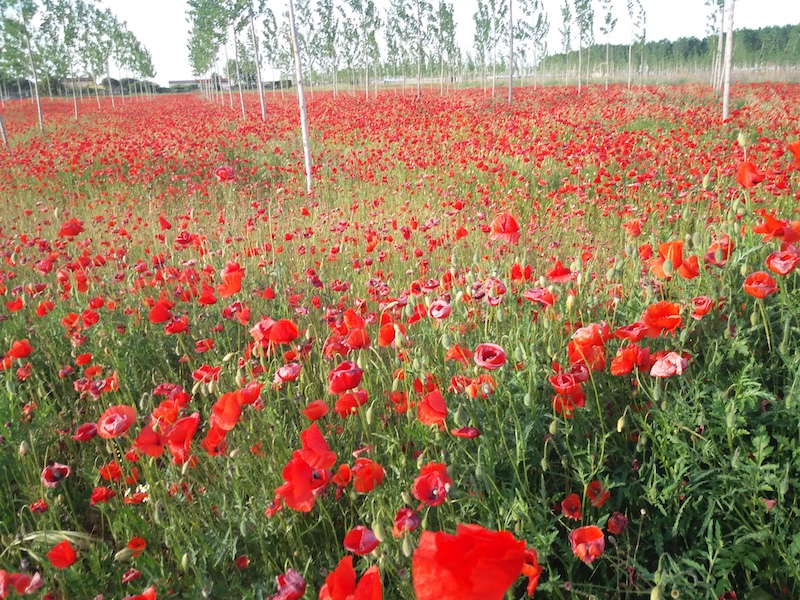Parco Regionale Veneto del Delta del Po
www.parcodeltapo.orgAriano nel Polesine fossil dunes
The Territorial Evolution of San Basilio
The fossil dunes in location S. Basilio and Grillara, in the Municipality of Ariano nel Polesine, form part of the system of coastal dune bars dating back to the pre-Etruscan and Etruscan periods and to the early Middle Ages. They developed from the river Adige to Comacchio: today, only occasional evidences remain both in Polesine and in the area of Ferrara.
As a matter of fact, around the 10th century BC, the territory of San Basilio was very different from the present one, with a coastline characterized by sand dunes covered with vegetation, where the northern branch of one of the most ancient courses of the river Po, Po di Spina, flowed into.
In the Roman Age, a branch of the river Po flew here, probably Olana, quoted by Pliny.
In the Middle Ages, because of the fluvial overflow caused by the so-called "rotta di Ficarolo", the coastline began to advance faster and new territories formed, emerging exactly in the area of San Basilio.
The conformation of the coastal bars changed and took on a more arched shape into which the southernmost branch of Po di Ariano flows. The sand excavation and the levelling of dunes which were also ten meters high for land cultivation are the causes of a deep and irreparable degradation of these dune systems which, in many cases, have been almost eliminated.
It is the case of the dunes of Isola di Ariano which, differently from the ones in the municipalities of Rosolina and Porto Viro, have been mainly levelled till recent times.
Narrow and isolated sand strips belonging to these dunes have been preserved, even if they are threatened by agricultural cultivation and in some cases by some sand quarries.
These dune relicts are important both from a landscape and an economic point of view, since they represent real "islands" in the surrounding landscape.








